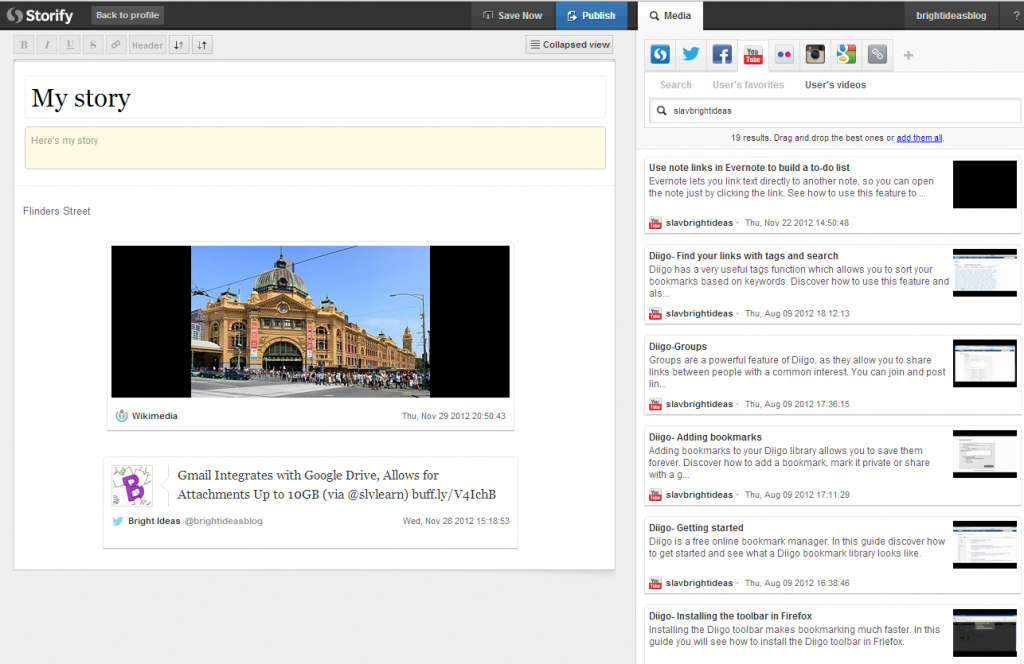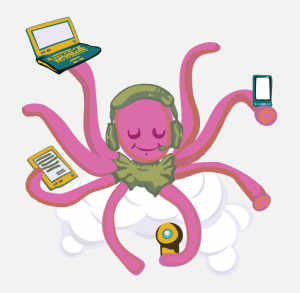The newly refurbished Bendigo Branch Library of the Goldfields Library Services was recently the venue for a joint conference of the Australian Library and Information Association (ALIA) and School Library Association of Victoria (SLAV). See Rhonda’s Flickr album for further images.
Held on 1 May, the conference entitled Together we are stronger in building communities, was an opportunity for regional library professionals to participate in professional learning within their own community with presenters and topics largely related to the local region.
Use of the #slavconf Twitter hashtag which has become familiar to SLAV professional learning events, was embraced by delegates who used it to share ideas and resources with the broader community of followers. Some of the significant tweets from the conference provided a shapshot into the day.
The opening of the conference
Kicking off the ALIA/SLAV joint symposium this morning in Bendigo with a tour of the beautiful new library. http://t.co/IiCx8mGMRI #slavconf
— Aust Lib & Info Assn (@ALIANational) May 1, 2014
Collaboration and resource sharing including the changing nature of libraries
Libraries have moved from being inf managers to inf brokers to inf enablers to inf creators! #slavconf — Tania Barry (@shewgirl) May 1, 2014
Tania Berry’s presentation on Makerspaces
Tania Barry discussing Maker Spaces. Reinforcing what Kristin Fontichiaro brought to SLAV conference in Aug2013. #slavconf — Cindy Tschernitz (@CindyTschernitz) May 1, 2014
Digital Citizenship from the Alannah and Madeleine Foundation
Information about becoming eSmart http://t.co/eohZXAaL5V #slavconf @ALIANational
— Rhondda Powling (@BiblioKat) May 1, 2014
The day was evidence of successful collaboration between school and public library sectors and augers well for future partnerships to benefit regional members in particular.
Presenters notes will be available online when the new SLAV website is launched at the next professional learning event, a SLAV/State Library of Victoria seminar, on 16 May.




